Inside: Find powerful strategies to feel more peaceful and happy during remote learning.
It was my first time shopping in months. When the pandemic hit, we decided my husband would do all the grocery shopping as he was less likely to have kids in tow.
Mask-clad, I did my best to navigate the arrows in each aisle grabbing arugula, apples, milk and doing my best to find the crackers in the purple package that my daughter loves so much.
It was one wrong turn and I was hit with a slew of unresolved emotions.
Somewhere between March and that summer’s day, the store had replaced the sunscreen, floaties and picnic paraphernalia. My stomach dropped and my heart rate soared at the sight of Elmer’s glue, Crayola markers, and lunch kits. Back to school during a pandemic was inevitable. But, I hadn’t begun to address how I felt nor did I have a sense of how any of it would play out.
Fast forward to today and our schools are planning to go back to in-person instruction.
But my husband and I, along with many other parents, are anticipating a repeat of March – where everything moves to remote schooling. And so, we’ve decided to plan accordingly. Though our plan is just a contingency, many families will be remote learning for the first semester of school this year.
And with that comes an onslaught of questions like:
How will my child have a social life?
I don’t have a degree in education or math. How am I supposed to teach my child?
Isn’t it bad for kids to have this much screen time?
How can I stop my kindergartener from accidentally logging off zoom several times a day?
How can I keep my kid motivated, get him to finish homework, and get my own work done?
My kids don’t want to be on camera. What do I do?
Read: Why hands-on experiential learning is best
The truth is – you and your children are not the only ones struggling with remote learning.
Researchers found that Chinese children were affected by toxic stress during the initial stages of the pandemic (1). Now, North American children are likely experiencing chronic and repeated activation of their fight-or-flight response too.
As the Washington Post notes, children and their parents aren’t coping well. Since the onset of the pandemic, more people are using suicide hotlines and other mental health resources. When children aren’t sitting in front of screens for school, they are likely to be on screens so parents can get work done. Now, it is estimated that one out of every three elementary school students has lost skills in reading and writing (2). The Washington Post author, Alice Kuo says, “Their worlds have been turned upside down at a time when their brain is growing and changing faster than the speed of sound. All because of toxic stress.”
Because remote learning during a global pandemic is anything but routine, there are no guaranteed, one-size-fits-all solutions. However, there are some general strategies that can help minimize the stress of virtual learning.
5 powerful strategies to feel more at ease during remote learning
Establish what your absolute-non-negotiables are and let those guide you.
It could be that your non-negotiables are already clear as day. Or, you may need to reflect on what your family’s goals are.
Some examples are:
- Upholding a standard in your professional work while working from home,
- Keeping your in-person job,
- Building literacy or numeracy skills in a child who is struggling.
- Keeping everyone’s mental health in check.
In my own family, my two priorities were:
- For my husband to be able to do his job without interruptions, me to do my own schooling.
- Maintaining their desire to learn over pushing redundant work.
- Mental wellbeing.
This meant that when the number of assignments was stressing our son out and were unrealistic for us to complete, we spoke to the teacher about scaling back to the essentials.
No matter what your priorities are, it’s important to use them to guide decision-making. This will also make it easier to cut down on what is non-essential which will mitigate stress.
Communicate with the school and ask questions.
Though all teachers and administrators are in unprecedented times, they have a wealth of knowledge that may help. For instance, they have ways to break up learning and support children who are struggling.
It is also good to let teachers know where you have to draw the line. For example, if there is more work than is reasonable, then the school needs to know what you will and won’t be doing. Though this may be difficult, most educators are also overwhelmed and compassionate. As such, they understand that many cannot do it all under this much stress.
Read: Crisis School: How to find peace of mind when so much is uncertain
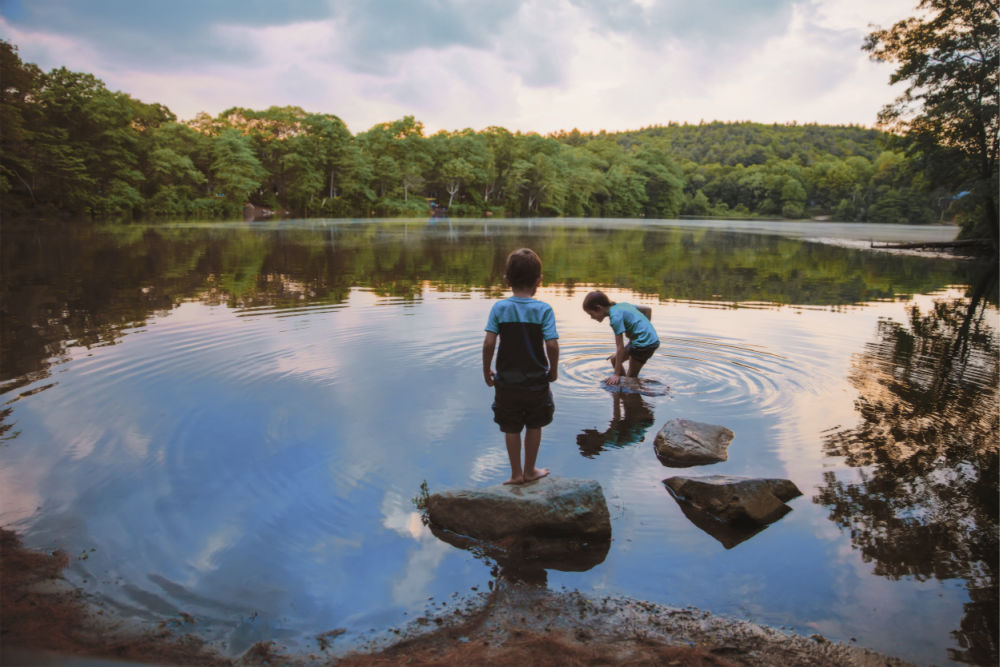
Remember that real-life experiences are rich with educational opportunities.
Experiential learning is one of the greatest ways for children to learn because:
- is hands-on,
- is in context, and
- involves hypothesis testing (abstract thinking) and concrete experimentation.
Read: Experts say This is How to learn to read and love it too!
Different hands-on learning ideas include:
- Working on multiplications by being the banker during Monopoly.
- Practicing fractions while baking.
- Advancing literacy skills by writing a play, a story or sketching a comic book.
- Learning about physics by making non-Newtonian fluids like oobleck and slime.
- Learning about bird species by going for a nature walk and taking pictures or drawing birds and then looking them up.
- Working on complex addition by adding up the grocery bill or working out the budget for a shopping list.
- Creating physical reactions or chemical using Diet Coke and Mentos, making homemade ice cream using salt and ice, mixing vinegar and baking soda, making slime or elephant toothpaste.
- Reading often.
Read: How to Facilitate Play-based Learning at Home
For countless other ideas, check out my Pinterest Board: Learning Through Play
Balance out virtual learning by creating more time outside.
Spending more time outside, especially in nature, is beneficial for both children and their parents. Research shows that the more people spend more time in nature have less cortisol (the stress hormone) present in their bodies, lower blood pressure and better overall health (3). Moreover, Harvard Health found that not only do children benefit from cardiovascular exercise from being outside, they also:
- Take more risks leading to greater feelings of control. This is especially important right now when so much has changed. Risk-taking is associated with greater feelings of competence and strength (4). Even when a child falls down or isn’t able to successfully climb a tree, there is an important lesson to get back up and try again. Therefore, more outdoor time allows for more opportunities to build resilience.
- Develop greater executive functioning. Executive functioning refers to mental skills including working memory, emotional regulation, and flexible thinking (5). In order to practice these skills, children need unstructured time to make up their own games, solve their own problems and even resolve boredom. Outdoor time can be a wonderful way to do all of these things.
- Have a better appreciation for nature. It will come as no surprise children who spend more time outside have a great appreciation for the environment and want to protect it more (4) In addition, they show more empathy for other living creatures.
Read: What to do Outside With Kids When it’s Raining
Find ways to engage your proverbial village.
How each family engages the village will depend on their community, who lives close to them and the health regulations in their area. In many regions, health authorities have said to “bubble.” Meaning, families can socialize with other households. Some families have decided to create pods for virtual learning so that students can socialize and parents can break up the responsibility of teaching their children.
This summer, we have traded childcare with another family adhering to the same social distancing measures as us so my husband and I can work from home.
No matter how you delegate, it’s important to share your load and also have social interaction with people outside of your home.
A final note about remote learning
Remote learning is stressful. Parents are responsible for more of their children’s learning as well as all navigating all of the weird quirks that come with online learning like logging off zoom, shutting off their camera and big emotions. Each family’s challenges will be unique to them. Nevertheless, parents and children will benefit from having clear set boundaries, minimizing busywork, and looking for real-life educational experiences.
More resources you may find useful
Why hands-on experiential learning is key
Crisis School: How to find peace of mind when so much is uncertain
Using Video to Assess Children’s Attention and Attendance: What to do and what not to do
Explaining social distancing and the pandemic to kids
This is how to respond when your child hates school
5 Simple But Effective Ways to Help Your Child During the Uncertain Year Ahead
Child stress: Why this time is called a war on childhood and what to do about it
Extracurricular Activities for Kids: Why science says less is more
The analogy that will change how you view your child’s misbehaviour




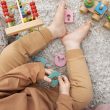


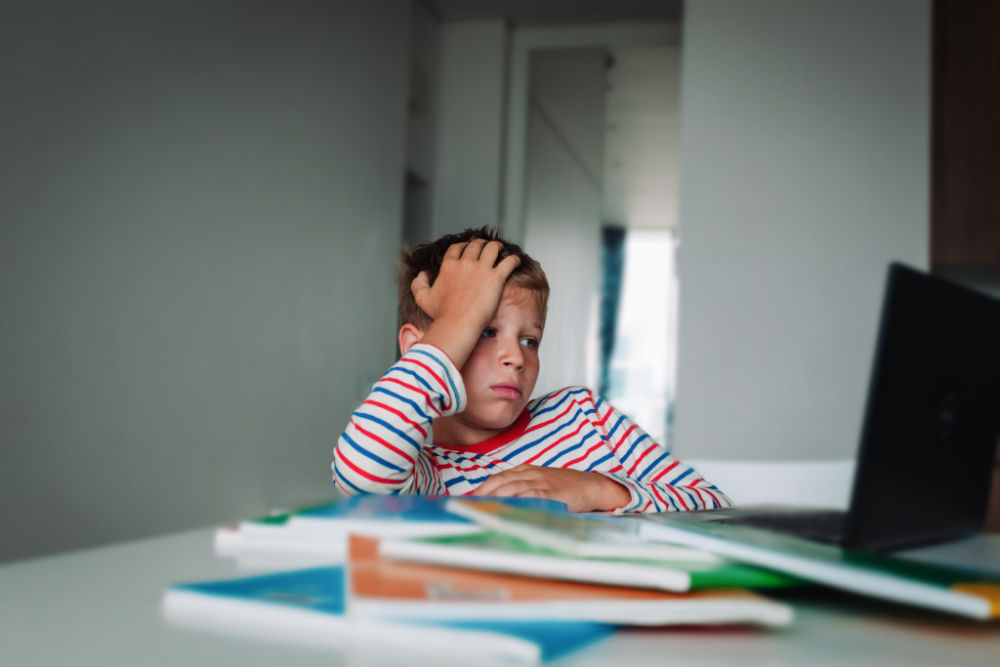
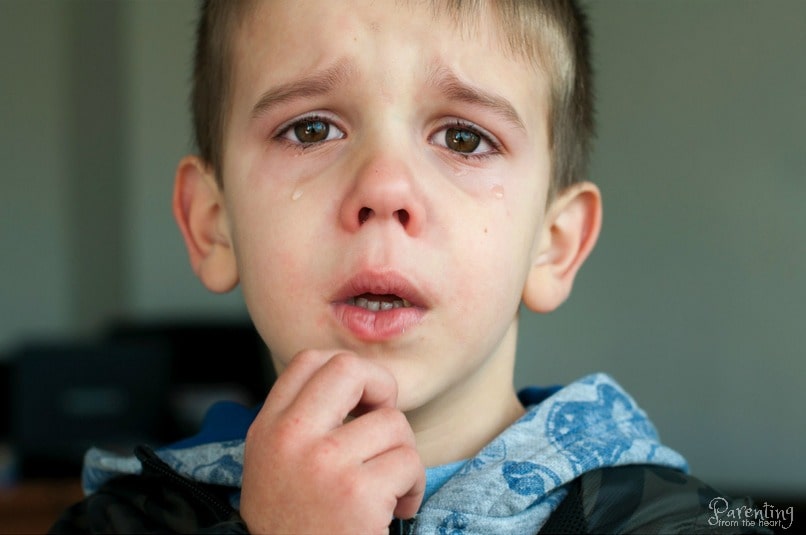

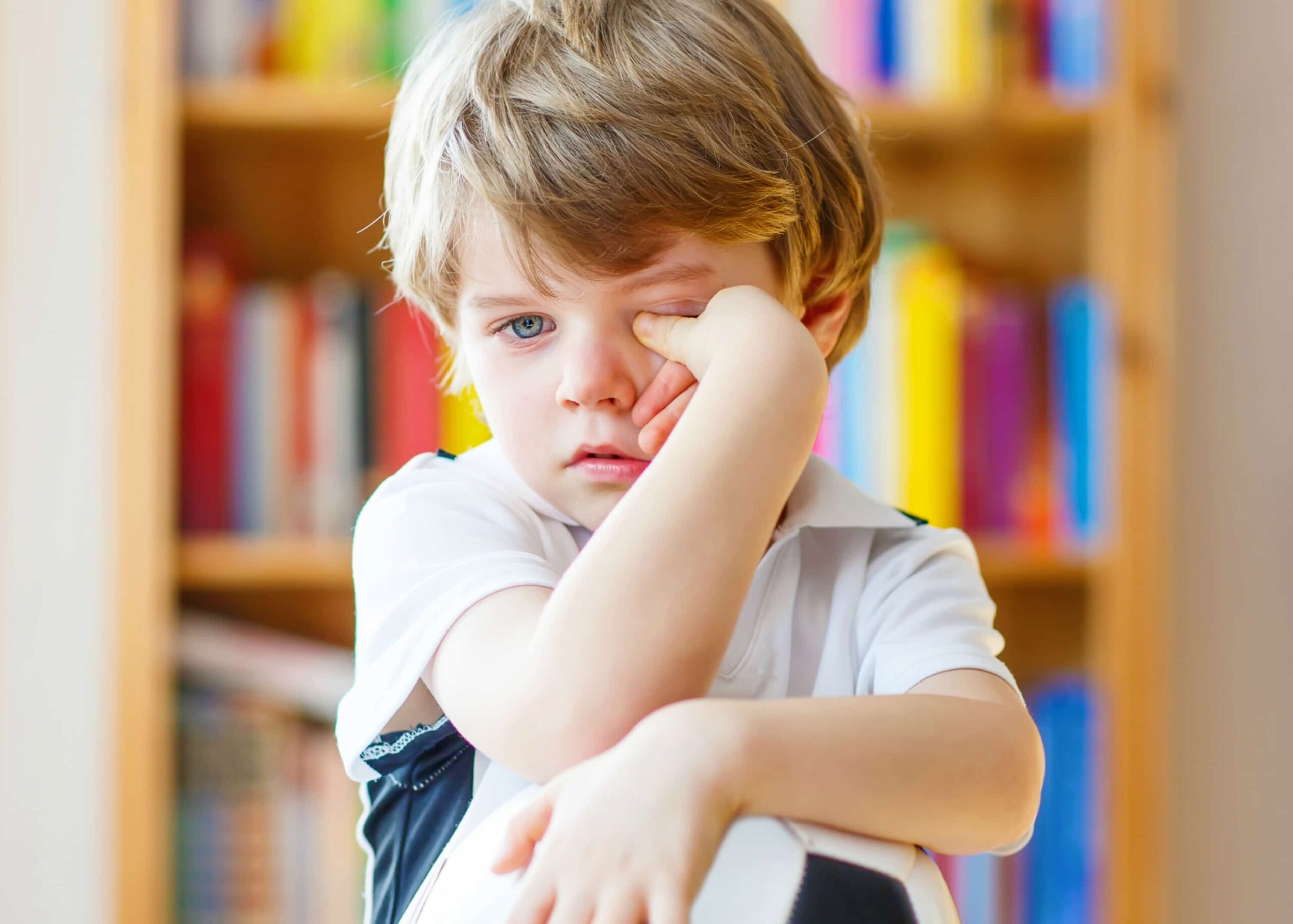

6 comments